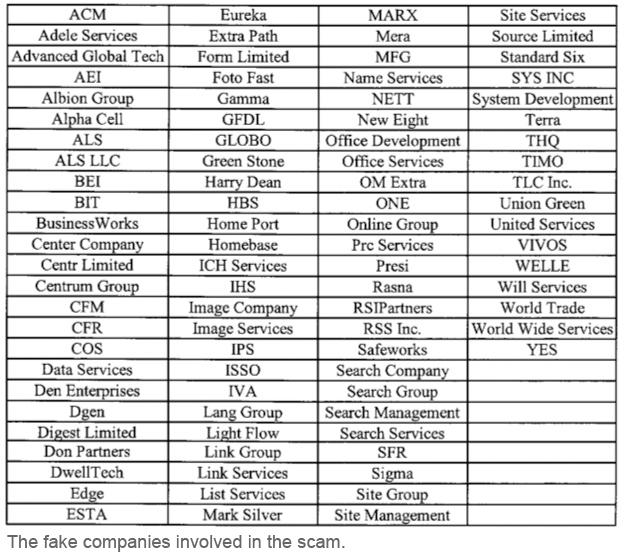How to Process Credit Card Payments at Hotels

Lodging merchants, such as hotels, motels and resorts, are classified as high risk by Visa and MasterCard and often have hard time setting up a merchant account on regular terms. This is particularly true for new establishments, with no previous payment processing experience. The reason, as always, is that historically lodging merchants have generated higher-than-average levels of chargebacks.
There is a set of rules regulating the processing of credit card payments each time a lodging reservation is made or cancelled. If you manage a hotel, motel or a resort, you need to incorporate these rules into your payment processing procedures and train your staff on implementing them.
Guaranteed Reservations
The rules for processing credit card payments at hotels revolve around the Guaranteed Reservation program most such merchants typically participate in. Guaranteed reservation is one that is paid in advance and the hotel is then required to have a room available when the consumer who made the reservation arrives and until checkout time on the following day.
If the consumer cancels a confirmed reservation before 18:00 on the arrival date, the hotel cannot charge a no-show fee. Otherwise, a no-show charge equal to one night’s lodging can be assessed.
How to Manage Credit Card Payments for Guaranteed Reservations
The following procedures should be followed when processing credit card payments for guaranteed reservations:
- When a consumer requests to book a room with a credit or debit card, you must explain the terms of the guaranteed reservations program, and specifically provide the following information:
- An authorization check will be made when the consumer arrives to ensure that there are sufficient funds on the card to cover the lodging expenses. The check acts like a pre-authorization, which places a hold on a portion of the available credit line.
- The cancellation procedures that must be followed for a no-show charge to be avoided.
- Take the consumer’s card account information and confirm the room rate and location. Then provide a reservation confirmation number. If the reservation is made by phone, you should also provide the confirmation number and cancellation procedures in writing (via email).
- If a cancellation request is made in accordance with you stated policy, you must honor it and provide the consumer with a cancellation number.
- Prepare a registration card and assign a room number to it, before your customer’s expected arrival.
- When a consumer who has made a reservation arrives on the specified date, you must provide a room as agreed. If you are unable to do that, you must provide a comparable room for one night at a different location and at no additional charge, as well as transportation to the other location and a three-minute domestic or long distance phone call.
- If you receive no cancellation request and the consumer who made the reservation does not stay at your hotel, you can assess a no-show charge by following these following procedures:
- Complete the transaction, as you normally would, and write the words “guaranteed reservation / no-show” in the cardholder signature field.
- Follow regular authorization procedures.
- If an authorization approval is received, deposit the no-show charge.
- Store the actual no-show registration card for six months from the date the transaction is deposited.
Everyone in your organization who works at the check-in or takes phone calls from customers should be able to follow these procedures.
The Takeaway
No-show charges are the primary reason hotels fall into the high risk credit card processing category and you will never be able to completely preclude disputes stemming from them. This is why it is very important that you keep detailed records of all of your no-show charges and are able to quickly respond to all transaction copy requests and so prevent chargebacks.
Image credit: Wikimedia Commons.



I stayed at Novotel Airport Bangkok for one night using the redemption of my Royal Orchid Plus points. In the evening I recieved a message that they need the appropriate paper work. I went and handed them the confirmation number and paperwork with the reference number from Thai Royal Orchid plus office.I made sure that that was all they needed and the receptionist had reconfirmed and signed on the message that there will be no room charge.Now after more than a month the duty manager sent an email asking for more paperwork and telling me that they might charge me for the night . They had contacted Thai Airways Roiyal Orchid plus and had the confirmation that I had redeemed the points for the hotel stay. At the moment I am overseas and cannot do anything about it . What are my rights concerning this matter. Can they still charge my credit card without my authorization?
Thanking you!
Hello Khin,
The hotel cannot charge your card without your authorization. However, I?ÇÖm assuming that you?ÇÖve made the reservation using your credit card, so you have authorized any charges not covered by the initially authorized amount (and your rewards points) to be charged to your card. It sounds to me that in your case the dispute is over what and how much, if anything, should be charged on your card, not about whether or not the transaction was authorized. Your best way to resolve it would be to first talk to the hotel. If you can?ÇÖt settle the dispute with them, call your card issuer and they will help you find a resolution.